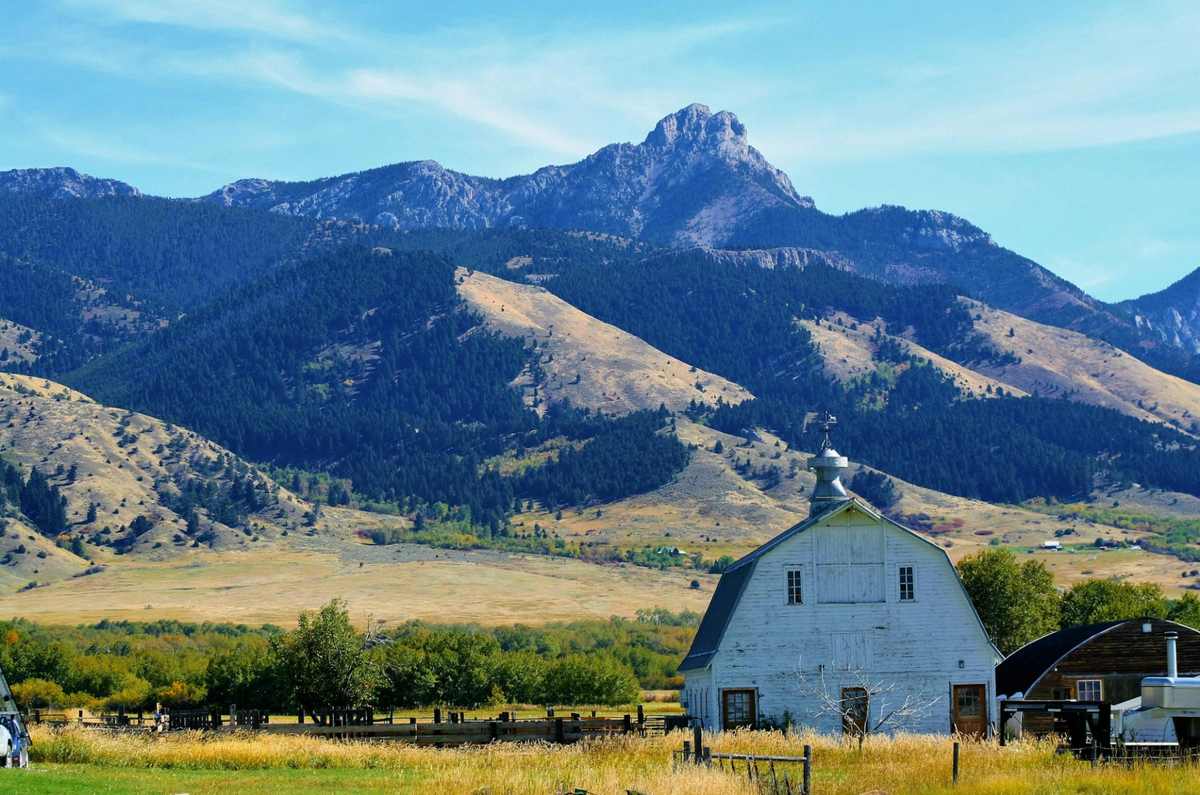In addition to standard loans and credit programs, there are a variety of mechanisms available to support businesses and organizations in Montana. Below is an overview of key alternative funding sources.
Workforce Training Grants
There are state grants that help businesses cover part of the costs of training new employees. Some of these programs also extend to training existing staff, aiming to improve their qualifications. Such grants are often used when hiring new workers or expanding production.
Tax Credits
One of the best-known initiatives is the New Markets Tax Credit (NMTC). This program allows private and corporate investors to receive a tax credit in exchange for investments in companies or projects located in low-income areas. The total credit equals 39% of the investment amount, distributed over a seven-year period.
Community Development Block Grant Program (CDBG)
The CDBG program is aimed at stimulating economic growth and creating jobs in low- and moderate-income areas. It provides fixed-rate loans to businesses at favorable terms and also funds infrastructure, training, and other activities connected to business expansion.
Use of CDBG funds may include:
- developing strategic and planning documents;
- conducting community needs assessments;
- rehabilitating buildings and facilities;
- employee training programs;
- infrastructure projects beneficial to business (such as water supply, streets, utilities).
Big Sky Trust Fund Grant Assistance
This grant program, financed by the State of Montana through the Department of Commerce, focuses on stable job creation and long-term economic growth. It supports both job creation projects and planning grants, covering the early stages of business development.
Montana Board of Investments Programs
The state’s investment authority manages several loan and investment tools:
- Business Loan Participation Program – joint financing for projects, up to 25 years, with fixed rates.
- Link Deposit Business Loan Program – support for businesses through deposit-linked lending.
- Guaranteed Loan Purchase Program – guarantees the purchase of part of a loan, reducing investor risk.
- Value-Added Business Loan Program – 15-year loans for enterprises producing value-added products.
- Infrastructure Loan Program – loans for infrastructure projects beneficial to businesses (such as roads and utilities).
USDA / Rural Development Programs
Federal initiatives also provide important opportunities:
- REAP (Rural Energy for America Program) – loans and grants for renewable energy and energy efficiency projects in rural areas (such as bioenergy and solar systems).
- RMAP (Rural Microentrepreneur Assistance Program) – microloans and technical assistance for small rural businesses, typically those with 10 or fewer employees.
This overview shows that there are multiple paths to obtaining financial support beyond traditional lending. The right choice depends on the industry, project location, and funding needs.
⚠️ Note: This overview is provided for informational purposes only. Specific terms, program availability, and requirements should always be verified through official sources and government agencies.


